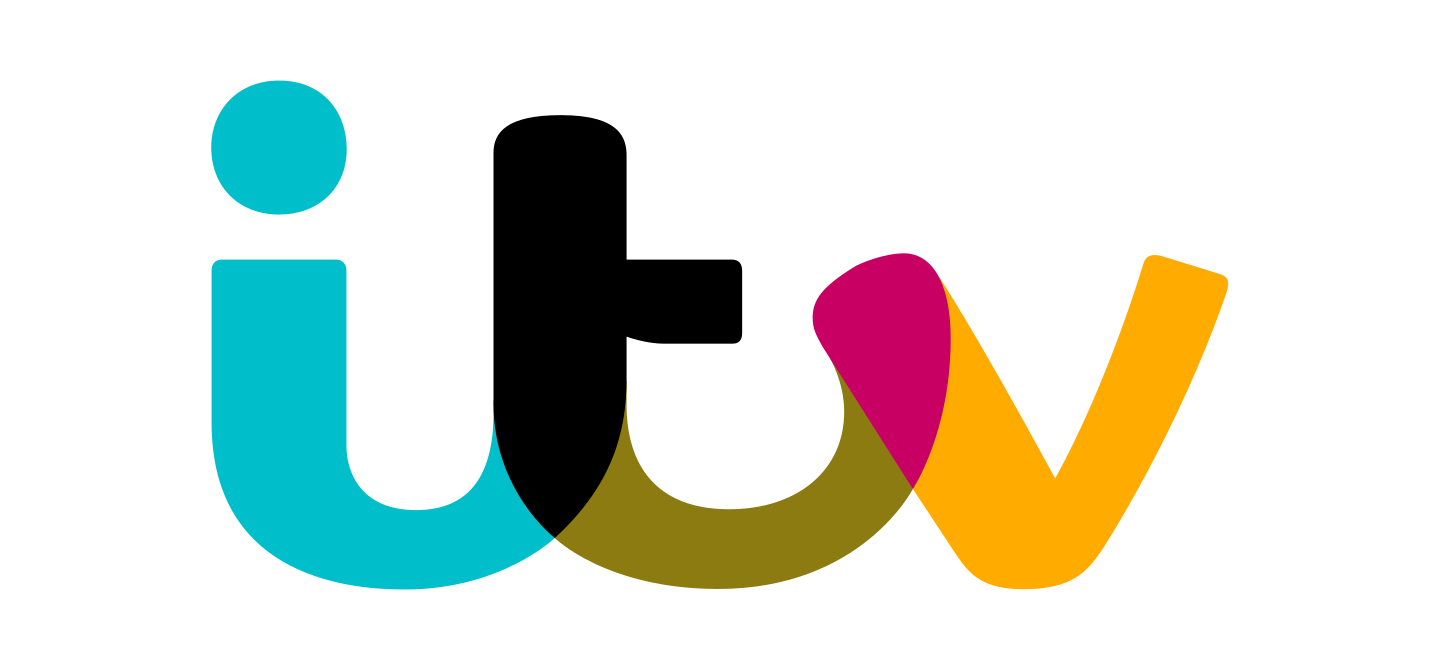
Welcome to week 35 of the Happy Parents Happy Baby guide to pregnancy, birth and beyond.
This week we’ll be covering:
We hope you enjoy it!


You’re into the final weeks of your pregnancy now and you might have started to think more about your baby’s birth.
If you’re planning a vaginal birth then you may have also started to think about your recovery and what will happen if you tear or have an episiotomy.
You might be surprised to learn that 9 in 10 women will experience some kind tear, graze or episiotomy when giving birth. Midwives and doctors are used to dealing with tears and most are minor and heal quickly.
If you’re keen to reduce the risk of tearing you may be want to give perineal massage a try.
Reasons to try perineal massage
Research has shown that massaging your perineum from around 34 weeks of pregnancy, may reduce the risk of bruising or tearing, especially if it’s your first pregnancy.
Perineal massage may not be advised for everyone – always check with your midwife before starting.
Tips to get started
The technique
This NHS leaflet has more information about how to do perineal massage.
Space is really becoming tight in your womb now and your baby will be curled up with their legs bent towards their chest. You will still be able to feel movement and might now be able to see punches and kicks on the surface of your bump.
The main development now is all about packing on the weight. Your baby’s arms and legs will be starting to look more plump.



Each week we’ll be delving into the common symptoms of pregnancy and bringing you top tips for managing them from our team of specialists and parent community.
Wee accidents
Coughing or sneezing may feel a little risky these days as your bladder and pelvic floor come under increased pressure from your growing bump. It is completely normal for a little bit of wee to sneak out when you least expect it so try not to feel embarrassed.
This bladder weakness is caused by your uterus resting on it and its supporting ligaments which causes the ligaments and muscles in your pelvis to stretch. This is also made worse by pregnancy hormones such as relaxin which make your joints and ligaments more elastic and ready for birth.
What can I do to prevent these accidents?
Strengthening your pelvic floor muscles may help to stop urinary incontinence and also stop it from continuing after your baby is born. If you have a vaginal birth you may find that your muscles take 3-6 months to feel under control again.
There are two types of exercises you can do:
Fast contractions
Lie flat on the floor with your knees bent. Take a deep breath in and as you exhale imagine you’re stopping yourself from breaking wind. Squeeze then try to lift up towards your belly button. Then release. Aim to do three sets of 10 of these each day.
Slow contractions
Lie flat on the floor with your knees bent. Squeeze and then try to hold for 10 seconds or as long as you can. When you feel the hold floating away, let go. Aim to do 10 holds of however many seconds you can do, three times a day.
Read more about your pelvic floor here
Read more about managing third trimester symptoms here
This week we catch up with Grace and Greg from our Leigh-on-Sea course who share the positive birth of their baby Axel.
“Labour was definitely not what I expected! I envisaged a low intervention, calm experience. It lasted for a couple of days and I ended up on the high risk side after having my waters broken, an epidural and a hormone drip. However, it WAS calm. Even though a lot of my decisions were being made for me, and it felt like everything was going out the window, I didn’t feel like I’d completely lost control at any point and I feel that HPHB played a big role in that. I was fully clued up on what interventions were available, as was Greg so he could fully support and advocate for me. I used hypnobirthing techniques to get me through most of it with just gas and air and a TENS machine.
“I had the lights dimmed and my own music playing in my labour suite. I was able to stick to my guns about some aspects of my labour and it made me feel much more empowered. Axel was just not ready to come out but being almost 2 weeks late they needed to throw everything at it to coax him out. I understood every element of it thanks to the HPHB course, such as why they’d suggest each intervention and the alternatives available. I didn’t need the epidural until they finally started the hormone drip and then Axel made a swift appearance an hour or so later (having made me wait for almost 2 days)! If he hadn’t been back to back I feel like I’d have gotten through the entire labour just with the entonox and the TENS machine. At one point, dare I say it, I actually enjoyed the experience!”
What a lovely birth story, thank you for letting us share it!


This week’s treat is perineal massage oil for pregnancy: Peri Prep Your Bits from My Expert Midwife.
It’s made of natural ingredients making it safe and gentle for pregnancy.
Products are based on suggestions from our specialists and community of parents. We may earn commission from shopping links.
Happy Parents Happy Baby is here to support you through every step of your pregnancy, birth and parenting journey.
Connect with other parents-to-be and learn everything you need to know, by joining our award-winning antenatal classes.



Thank you so much for joining us!
Have a great week.
Team HPHB x
Information you
can trust
Our articles are based on the latest-evidence based guidelines and scientific research and are written by our team of medical experts.
Coming up
next week
Check out our instagram page for extra resources from our team of experts and for free live events, such as pregnancy relaxation sessions
Follow us @happyparents.happybaby







Free downloadable resources and weekly guides for your pregnancy.
Enter your postcode to find your nearest Happy Parents Happy Baby antenatal classes